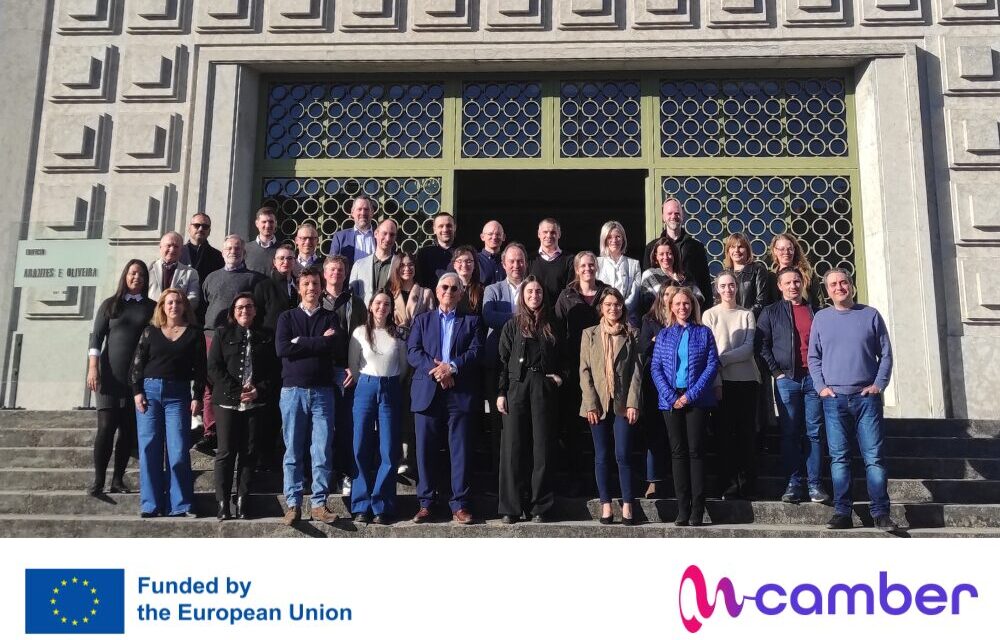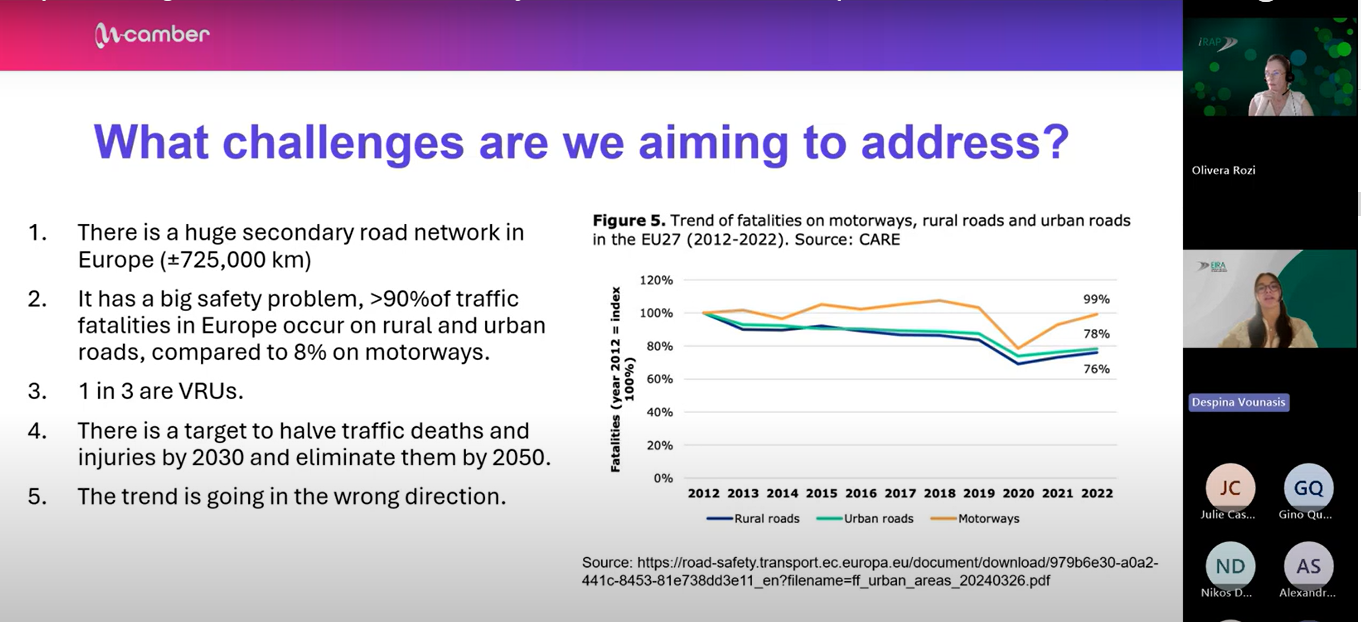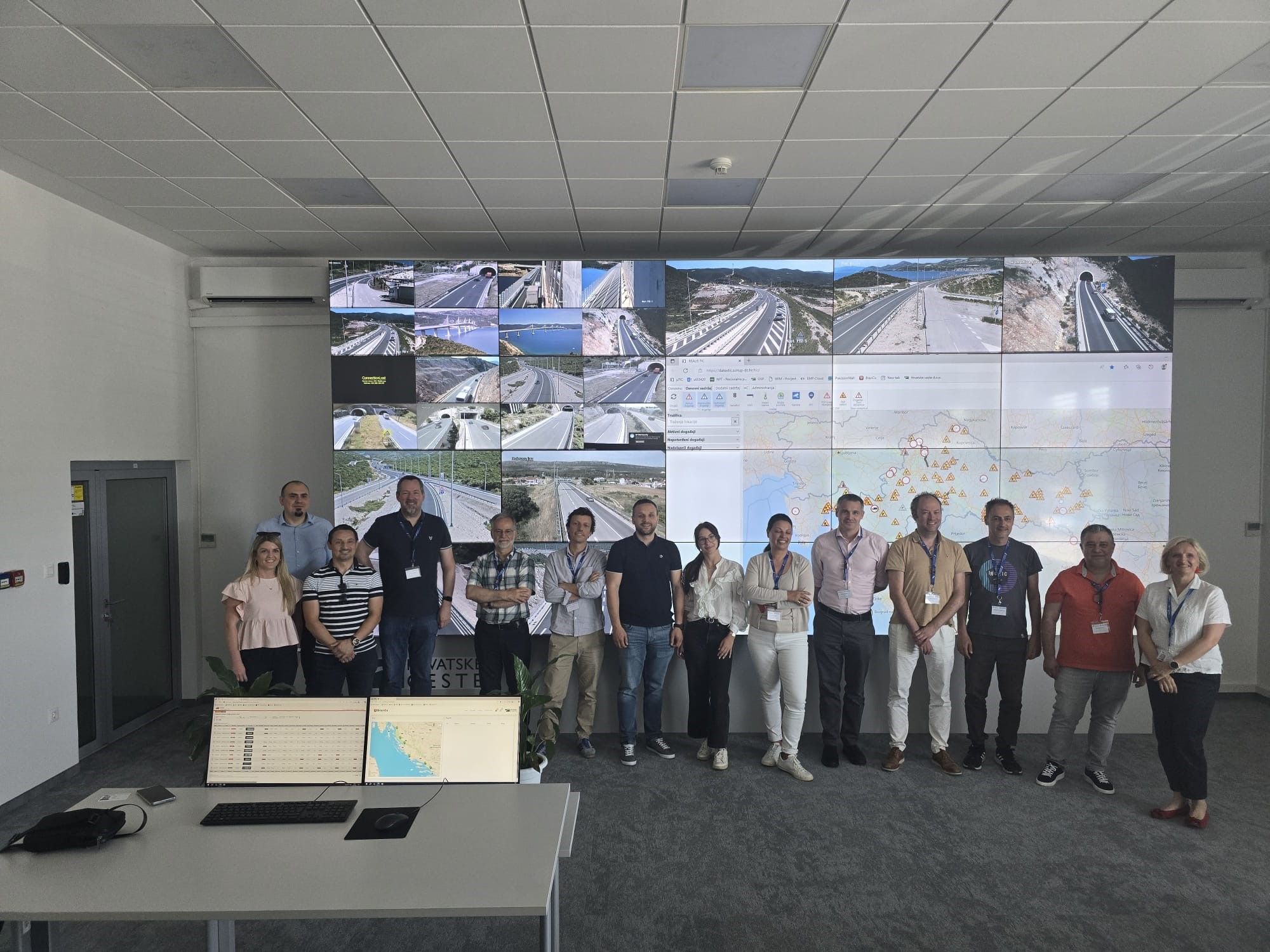Reducing fatal and serious traffic accidents on European roads is the goal of an international research initiative in which the Austrian Institute of Technology (AIT) plays a key role. The project relies on a comprehensive data network to achieve its objectives.
One striking statistic caught the attention of the team behind the “Camber” project: 90% of traffic fatalities in Europe happen not on highways or expressways but on smaller urban and rural roads. “This is where we need to focus our efforts,” explains Isabela Erdelean, an infrastructure technology specialist at AIT.
Austria’s largest non-university research institute is part of a consortium of partners from 14 European countries working together to improve road safety. “This involves planning road maintenance based on data and implementing cost-effective safety measures,” says Erdelean. “At the same time, the project supports the development of driver assistance systems to improve safety.”
Data from Roads, Motorcycles, and Smartphones
AIT is providing key data for the project. “Using our high-performance Roadlab vehicle and a specialized measuring motorcycle, we can gather detailed, real-time data on road conditions and traffic flows,” explains Erdelean. Sensors detect road issues such as bumps and other potential hazards. Additional insights come from analyzing data collected from drivers’ smartphones, including driving behavior, and through direct surveys with road users.
“Our technologies allow us to record and analyze road conditions and traffic flows in real time,” Erdelean notes.
The findings will help refine traditional road safety and asset management methods while incorporating new data sources such as vehicle sensors and telematics. This data feeds into models that identify risks and evaluate the safety of specific road segments. Digital twins of road networks will also be created, enabling simulations of potential improvements, such as speed limits or enhanced lighting.
The solutions developed will be tested on road sections in five countries: Croatia, Greece, Spain, Portugal, and the Netherlands.
Affordable Safety Solutions
Other consortium members are responsible for testing these solutions. “Our role is to collect and share the data, which is where our expertise comes in,” emphasizes Erdelean. A key aim of the project is to design affordable safety interventions, especially for smaller roads where financial resources are often limited. It’s also crucial to share these findings with policymakers and industry stakeholders to secure their support.
Coordinated by the European Institute of Road Assessment in Slovenia, the three-year project moves Europe closer to achieving safer, more sustainable, and efficiently maintained road networks.
“We at AIT are proud to contribute to the European Commission’s Vision Zero strategy, aiming to eliminate road deaths and serious injuries by 2050,” Erdelean concludes.



